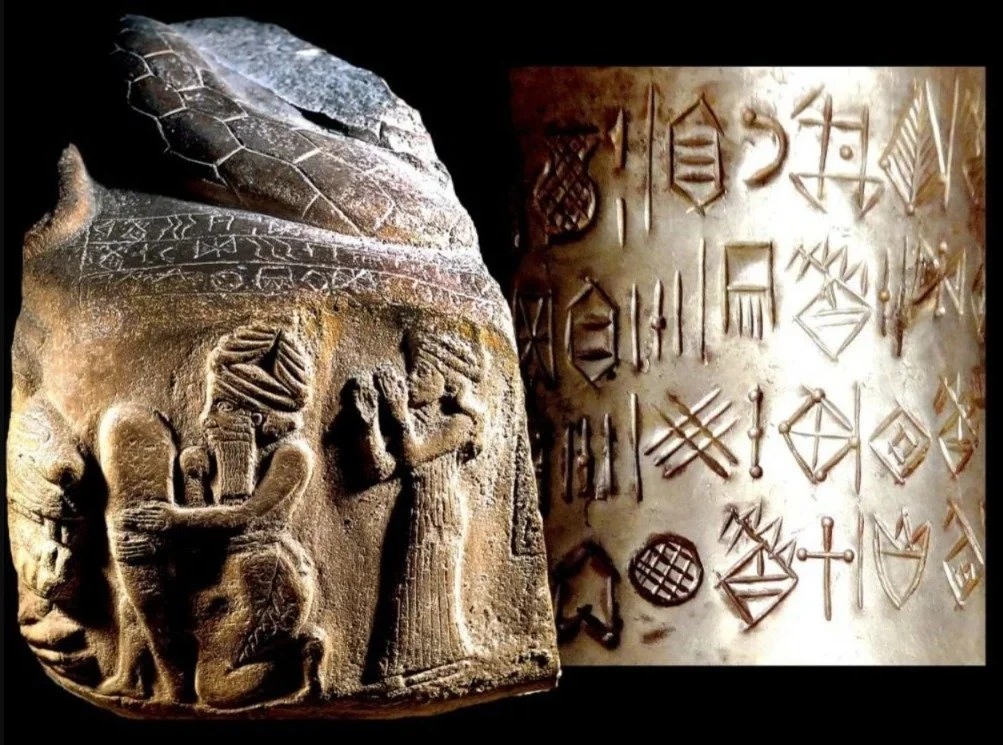Featured
Iran is home to one of the world's oldest continuous major civilizations, with historical and urban settlements dating back to 7000 BC. The prehistory of the Iranian plateau, and the wider region now known as Greater Iran, as part of the prehistory of the Near East is conventionally divided into six periods, spanning the time from the first settlement by archaic humans about a million years ago until the beginning historical record during Neo-Assyrian Empire, in the 8th century BC. The history of Iran, which was commonly known until the mid-20th century as Persia in the Western world, is intertwined with the history of a larger region, also to an extent known as Greater Iran, comprising the area from Anatolia, the Bosphorus, and Egypt in the west to the borders of Ancient India and the Syr Darya in the east, and from the Caucasus and the Eurasian Steppe in the north to the Persian Gulf and the Gulf of Oman in the south. This influence carried forward to the Muslim world. The dynasty's unique and aristocratic culture transformed the Islamic conquest and destruction of Iran into a Persian Renaissance. Much of what later became known as Islamic culture, architecture, writing, and other contributions to civilization, were taken from the Sassanian Persians into the broader Muslim world.



















